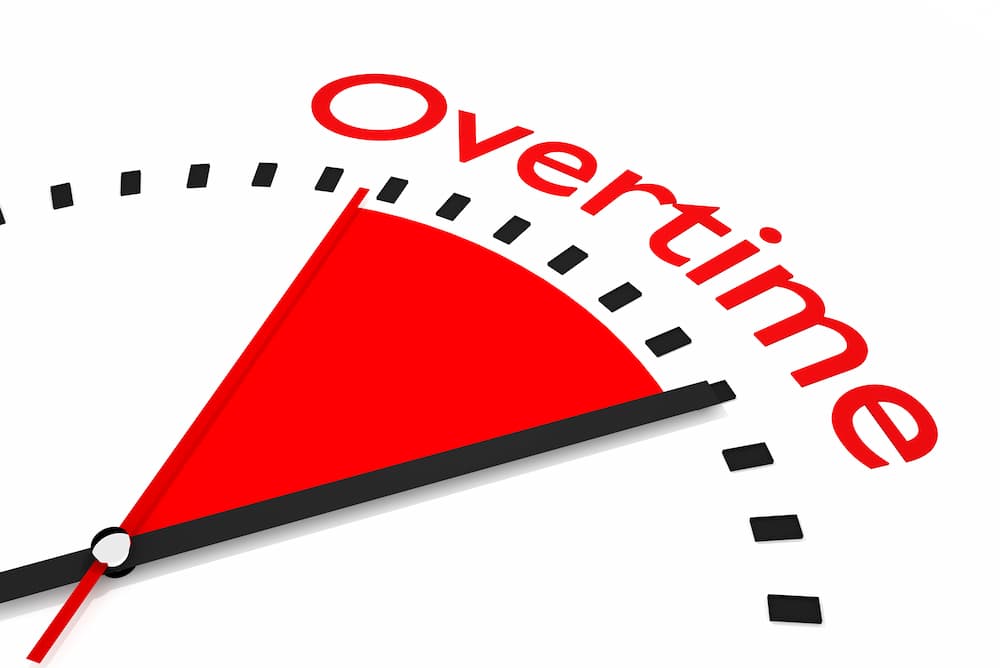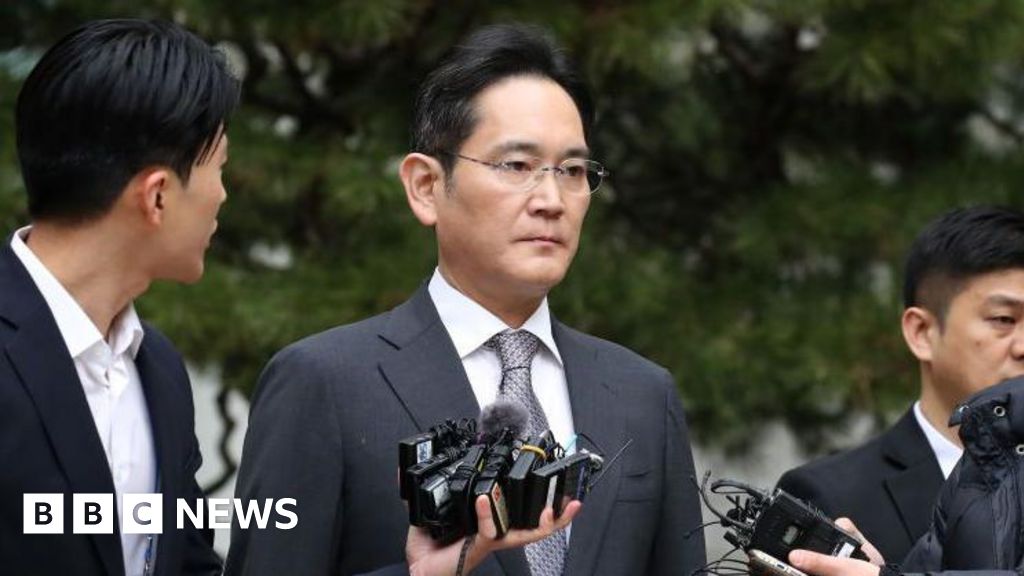The Biden administration is awarding $623 million in grants to help build an electric vehicle charging network across the nation.
Grants being announced Thursday will fund 47 EV charging stations and related projects in 22 states and Puerto Rico, including 7,500 EV charging ports, officials said.
“America led the arrival of the automotive era, and now we have a chance to lead the world in the EV revolution — securing jobs, savings and benefits for Americans in the process,” said Transportation Secretary Pete Buttigieg. The new funding “will help ensure that EV chargers are accessible, reliable and convenient for American drivers, while creating jobs in charger manufacturing, installation and maintenance for American workers.”
Congress approved $7.5 billion in the 2021 infrastructure law to meet President Joe Biden’s goal of building out a national network of 500,000 publicly available chargers by 2030. The charging ports are a key part of Biden’s effort to encourage drivers to move away from gasoline-powered cars and trucks that contribute to global warming.
But progress on the network has been slow. Ohio and New York are the only states that have opened charging stations under the National Electric Vehicle Infrastructure program. Several other states, including Pennsylvania and Maine, have broken ground on federally funded projects and are expected to open stations early this year. A total of 28 states, plus Puerto Rico, have either awarded contracts to build chargers or have accepted bids to do so.
Since Biden took office in 2021, EV sales have more than quadrupled and reached more than 1 million last year. The number of publicly available charging ports has grown by nearly 70% to 168,426, White House climate adviser Ali Zaidi said.
That number is about one-third of the way to Biden’s goal, with six years remaining.
“We are on an accelerating trajectory to meet and exceed the president’s goal to hit 500,000 chargers and build that nationwide backbone,” Zaidi told reporters Wednesday.
Widespread availability of chargers is crucial to meet another Biden administration goal: ensuring that EVs make up half of all new car sales by 2030. Along with cost, “range anxiety” about a lack of available charging stations is a key impediment to buying an EV. About 80% of respondents cited concerns about a lack of charging stations as a reason not to purchase an electric vehicle, according to an April survey from The Associated Press-NORC Center for Public Affairs Research and the Energy Policy Institute at the University of Chicago.
Seven in 10 respondents said they would not purchase an EV because they take too long to charge and the battery technology isn’t ready.
Buttigieg and other administration officials brushed those concerns aside and said the future of auto travel is electric.
“We’re at a moment now where the electric vehicle revolution isn’t coming. It is very much here,” Buttigieg told reporters. EV sales now represent about 9% of all passenger vehicle sales, Buttigieg said — a huge increase since Biden took office. He cited a new study showing that EV’s cost just 4% more than gasoline-powered cars.
“There’s been a really remarkable drop in the prices that consumers face for EVs. And we believe we are fast approaching the period when EVs, on average, will be cheaper than internal combustion vehicles,” Buttigieg said.
The grants announced Thursday include $311 million to 36 “community” projects, including two Native American Tribes in Alaska and Arizona. The projects will boost EV charging and hydrogen fueling infrastructure in urban and rural communities, including at high-use locations such as schools, parks, libraries and apartment buildings.
Another $312 million in funding will go to 11 highway “corridors” along roadways designated as Alternative Fuel Corridors. The projects include $19.6 million for publicly accessible EV charging facility in Riverside County California, located midway between Los Angeles and Phoenix on the I-10 corridor. The project includes installation of six large chargers for heavy-duty vehicles and 30 fast chargers for light-duty vehicles; solar and battery energy storage systems; and amenities such as rest areas.
A pollution district in San Joaquin Valley, California will receive $56 million to build two state-of-the-art truck charging sites in Taft and Gustine, California, to support two of the nation’s busiest freight corridors along I-5. The sites will feature 90 fast chargers for passenger vehicles, 85 fast chargers for medium to heavy-duty EVs and 17 large chargers. The sites will also enhance grid stability with 63 acres of solar panels and battery electric storage systems.
About $70 million will go to the North Central Texas Council of Governments to build up to five hydrogen fueling stations for medium- and heavy-duty freight trucks in Dallas-Fort Worth, Houston, Austin and San Antonio. The project will help create a “hydrogen fueling corridor” from southern California to Texas.
Another $15 million will go to the Maryland Clean Energy Center to build 87 EV charging stations in urban, suburban and low- and moderate-income communities across the state. Proposed sites include Coppin State University, a historically Black school in Baltimore, and 34 disadvantaged communities with multi-family housing.
Credit: Source link











